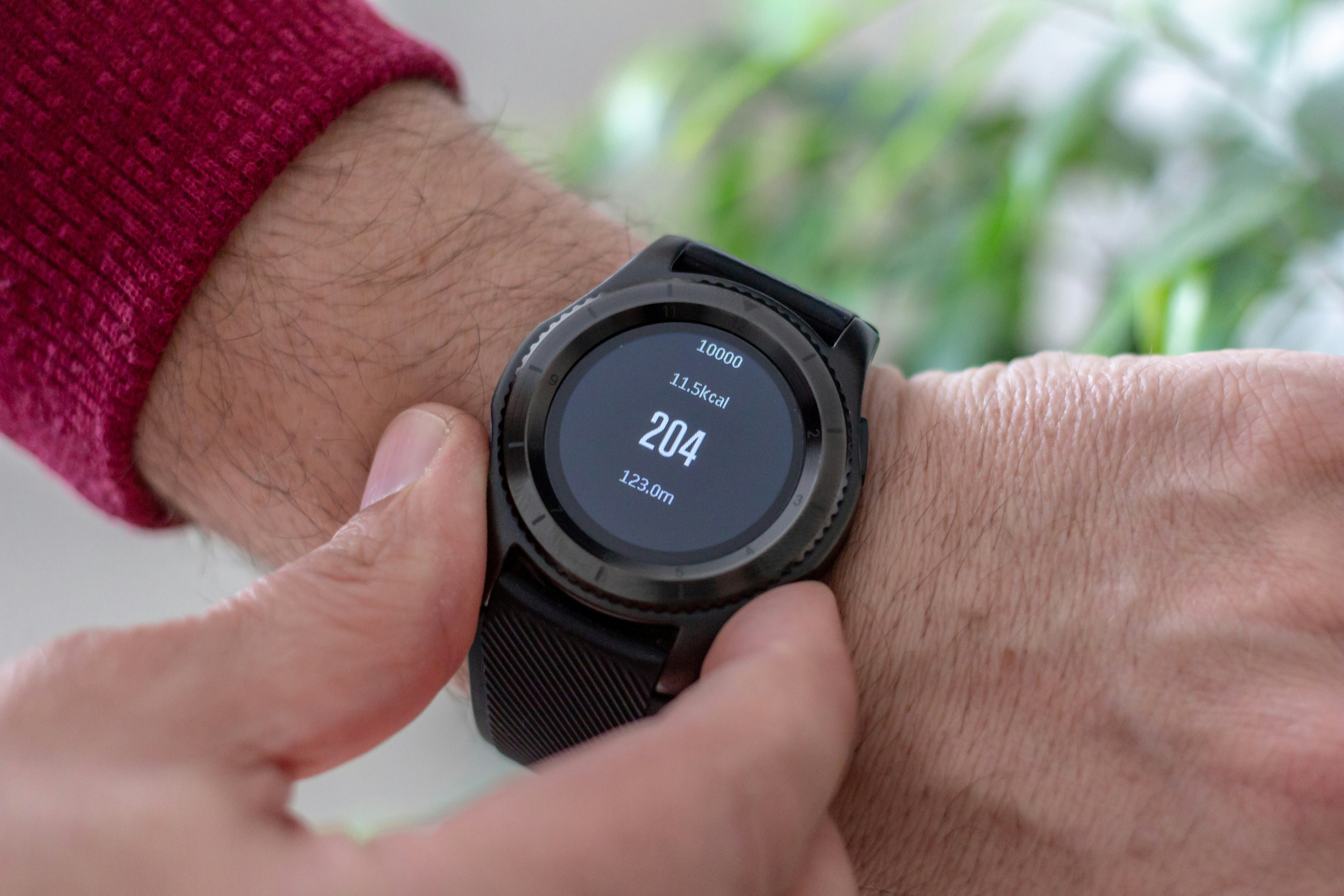
Breakthroughs In Wearable Technology Define The Future Of Remote Healthcare Monitoring
Small devices like smartwatches and fitness trackers fit seamlessly into daily life, quietly collecting data such as heart rate, activity levels, and sleep cycles. These tools now offer more than simple step counts; they deliver accurate health measurements that support remote care for chronic illnesses. Doctors receive real-time updates from patients, allowing them to catch early signs of trouble and respond swiftly. People gain valuable insights into their well-being, connecting their everyday routines with meaningful health improvements and making it easier to understand the impact of their choices.
Advertisement
Advances in materials science and sensor miniaturization have packed complex monitoring tools into compact shells. Consumers once scrolled menus on small screens; now, they tap icons that sync wirelessly with smartphone apps. That seamless connection gives users detailed insights without extra effort. As wireless networks improve and artificial intelligence processes data in real time, wearable technology reshapes how people and healthcare professionals collaborate.
Evolution of Wearable Technology
Early wristbands measured movement with basic accelerometers, offering simple step counts. Fitness enthusiasts loved them for motivation, but medical staff saw limited clinical value. Developers then added optical sensors that shine light through skin, detecting blood flow changes. That opened the door to measuring heart rate and oxygen levels, bringing wearables closer to hospital-grade tools.
Manufacturers shifted focus from purely fitness tracking to comprehensive health monitoring. Companies like Fitbit and Apple Watch introduced heart rate variability analysis, spotting stress levels and recommending breathing exercises. Crowd-funded gadgets emerged with specialized sensors for monitoring glucose, blood pressure or even sweat composition. Those experiments laid groundwork for clinical trials that proved reliability under medical scrutiny.
Key Breakthroughs Enabling Remote Healthcare Monitoring
- Continuous Glucose Monitoring (CGM): Tiny sensors under the skin relay glucose levels every few minutes. Studies show CGM reduces hypoglycemic events by 40 percent among diabetes patients.
- ECG and Arrhythmia Detection: Wearable ECG patches record electrical activity and detect irregular heartbeats. Large-scale trials reported 30 percent more atrial fibrillation cases identified earlier.
- Smart Fabrics and E-Textiles: Conductive fibers woven into clothing monitor respiration and muscle activity. These textiles deliver data without rigid sensors, ideal for recovery after surgery.
- Advanced Sleep Tracking: Ring-shaped wearables measure heart rate, body temperature and movement to distinguish sleep stages. Clinical pilots reveal a 20 percent improvement in diagnosing sleep apnea.
- AI-Driven Alerts: On-device algorithms analyze patterns and send notifications when readings cross risk thresholds. Early tests lowered hospital readmissions by flagging dehydration and infection signs.
- Bluetooth Low Energy and 5G Connectivity: These protocols maintain continuous links with minimal power use, letting devices run for days without recharging. Reliable connections let doctors monitor patients in remote areas.
- Wearable Ultrasound: Handheld scanners attach to skin and send images to cloud servers. Nurses review visuals within minutes, cutting diagnosis time for conditions like deep vein thrombosis.
Impact on Patient Outcomes
People become more engaged when they see daily reports of their vitals. One cardiology group reported that patients wearing heart monitors logged 50 percent more data entries than those relying on clinic visits alone. With real information, individuals adjust lifestyle choices like sleep schedules, hydration and exercise frequency.
Medical teams use continuous data streams to spot subtle trends. In a pediatric asthma program, remote sensors tracked breathing patterns overnight. Early detection of worsening symptoms allowed clinicians to adjust medication doses before a full-blown attack. That intervention cut emergency visits by two-thirds over six months.
Challenges and Future Directions
- Data Privacy and Security
- Regulatory Approval Processes
- Accuracy Across Skin Tones
- Battery Life and Wearability
- Integration with Electronic Health Records
Manufacturers need to encrypt sensitive information to meet regulatory standards. Users worry about who sees their data, so clear policies and user controls will boost trust. Regulatory agencies require clinical validation before approving devices for medical use. That process slows innovation, but it guarantees reliability.
- Expanded Clinical Trials
- AI Personalization
- Multisensor Fusion
- Device Miniaturization
- Global Accessibility
Researchers plan larger trials that include diverse age groups and ethnicities to confirm device accuracy. Incorporating machine learning models that adapt to individual baselines could reduce false alarms. Combining signals—such as motion data, heart rate and temperature—will create richer health profiles.
Next steps involve shrinking sensors into patches and fabrics for all-day comfort. Makers aim to price devices within reach of low-income populations worldwide. Broader access can improve health outcomes globally, changing preventive care and managing chronic diseases.
Wearable devices are transforming clinical routines and personal habits by becoming smarter, smaller, and more accurate. They enable seamless healthcare beyond hospital walls.
Advertisement